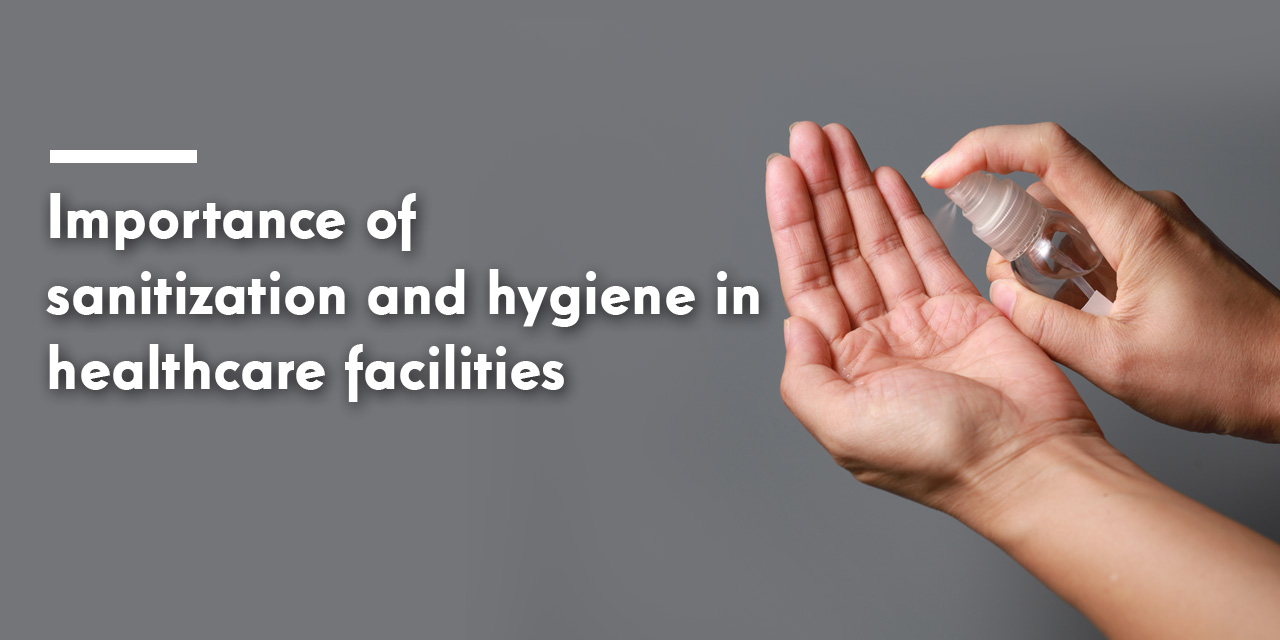The WHO/ UNICEF’s JMP report in its global water, sanitation, and hygiene assessment has found that 1 in 8 healthcare facilities lack water services and 1 in 5 healthcare facilities lack sanitation services. The absence of basic facilities like water, sanitation, and hygiene (WASH) in healthcare facilities results in the spread of various diseases and infections.
Yes, healthcare facilities need not necessarily cure diseases but might also be the reason behind various infections or diseases that brings death. The lack of safe water, sanitation facilities, and a hygienic environment in healthcare facilities increase the risk of Hospital Acquired Infections (HAI). Proper sanitation and hygiene in healthcare facilities increase patient satisfaction besides reducing the mortality rate.
Sanitation Hygiene:
Adequate sanitation and safe disposal of human excreta can prevent viral pathogens from entering the body, and reduce the rate of diarrhoeal disease, cholera, typhoid, and dysentery. Proper management of human waste and other environmental wastes in and around the healthcare facilities through the provision of water, sanitary napkins, and dustbins can prevent the breeding of numerous bacterial infections and diseases.
Hand Hygiene:
Our hands play a major role in socializing. They are a number of invisible germs that has the ability to make one sick. Healthcare professionals, lab technicians, and others in the healthcare community must keep their hands clean after operations and other medical procedures. They must also make sure that the equipment and the instruments they use are sterile and disinfected. Washing hands with clean water or sanitizer prevents respiratory, skin, and eye infections.
Surface Hygiene:
Various surfaces like floors, tables, chairs, beds, and other furniture in healthcare facilities can propagate germs and bacteria that in turn results in the spread of infections. Frequent cleaning of floors, furniture, and hospital facilities will keep the environment disease-free.
Hygiene for Healthcare Workers:
The hygiene team and other healthcare professionals like nurses, compounders, and caretakers can reduce the risk of coming into direct contact with various bacteria, viruses, and germs through preventive measures like vaccination and by paying proper attention to antibiotics while treating patients.
The promotion of sanitation and hygiene in healthcare facilities reduces the chances of falling ill. Proper sanitation and hygiene with necessary precautions and measures build a community that is safe for people of all ages.

